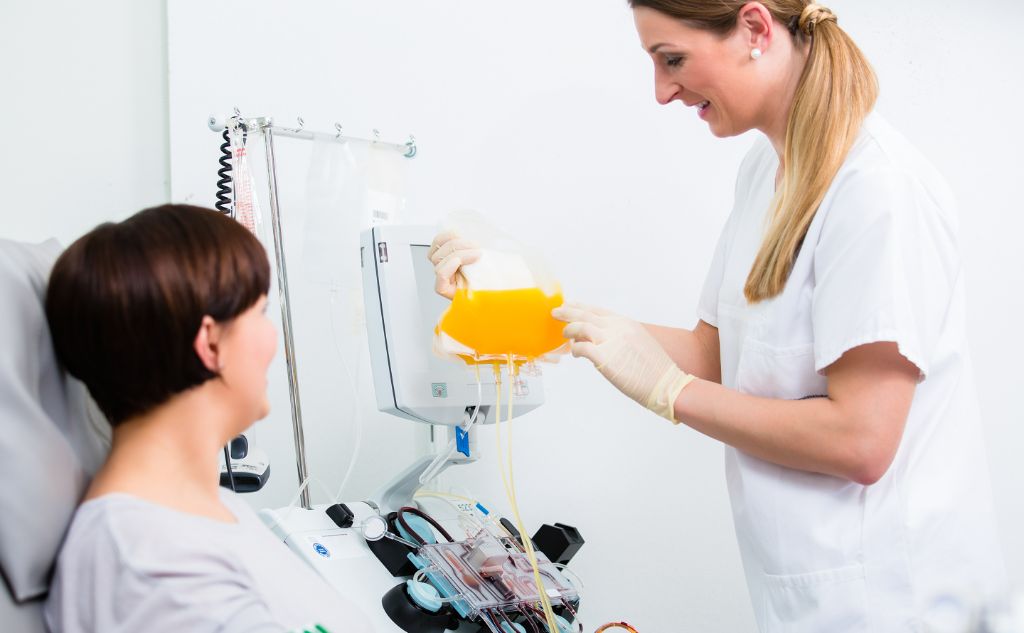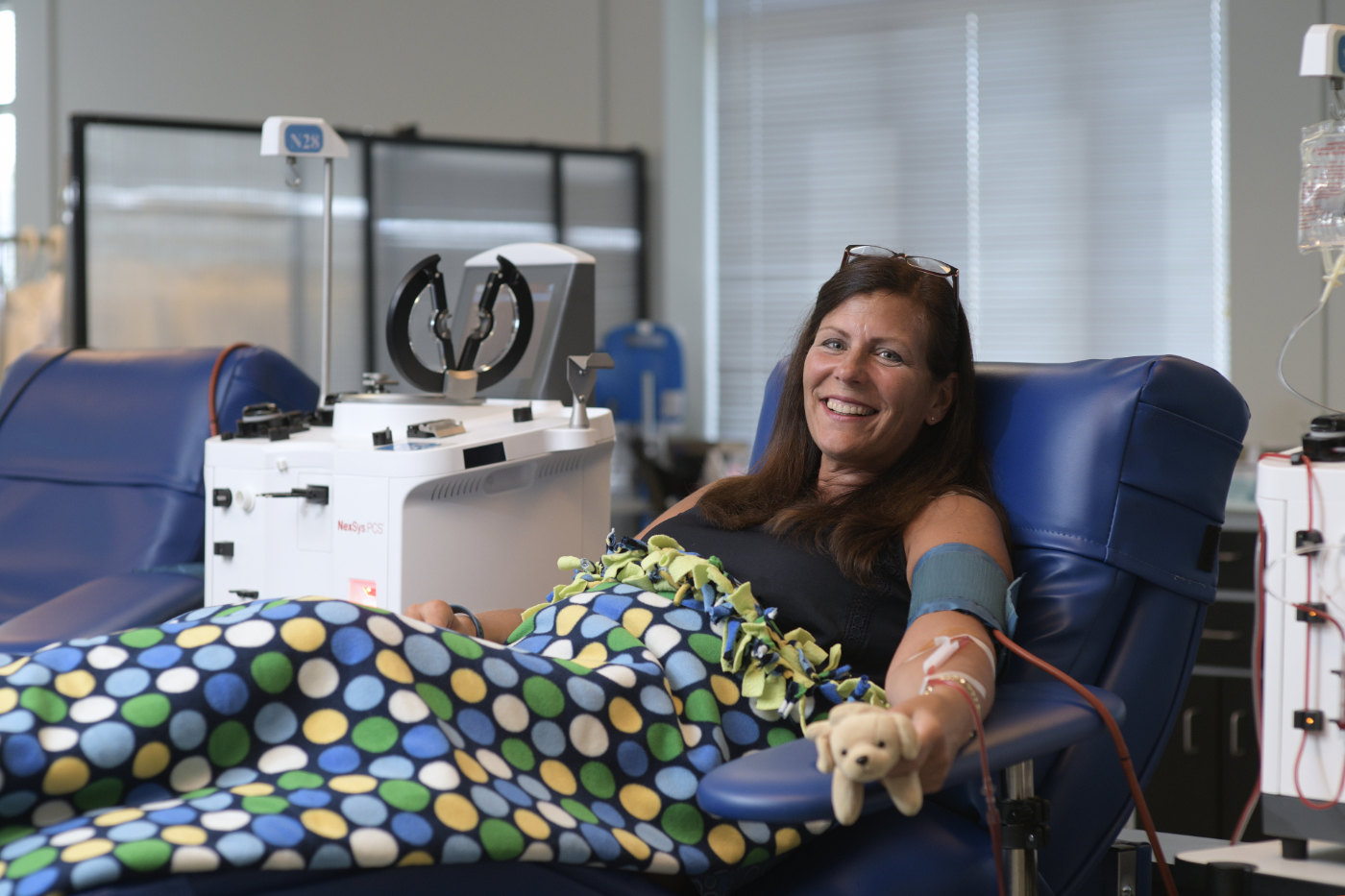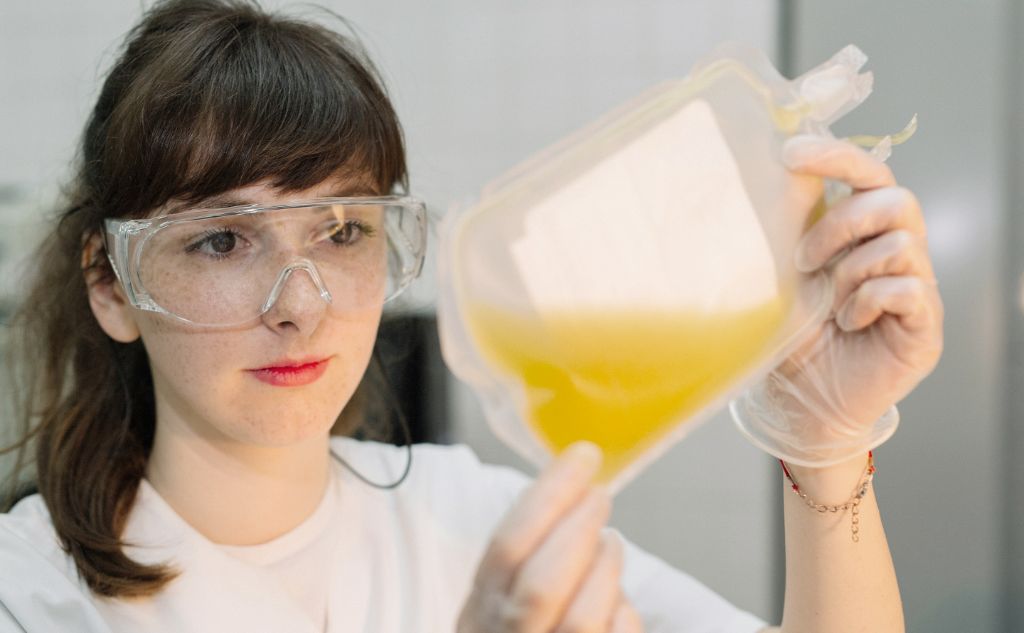Category: Plasma Power
Plasma Power
What is plasma used for?
Plasma Power
What is plasma used for?
April 10, 2024
Plasma is an important part of your blood that can be donated. But what is donated plasma used for?
Plasma is the liquid part of your blood. It contains water and a small yet crucial portion of solid substances, such as proteins and antibodies. You can donate plasma along with whole blood or on its own. Plasma donations are vital for shock and trauma treatments, and are also used to make life-saving medicines. Let’s discover the many uses of plasma in medicine.
What is plasma?
Plasma is a part of your blood, specifically the liquid one. In fact, 91-92% of it is water. The remaining percentage of plasma contains vital substances. In particular, these include:
Clotting factors, such as fibrinogen. They give the blood the right consistency and fluidity
Proteins, such as albumin. These have many functions in the body, including transporting oxygen in the blood, contributing to immune function, and enabling digestion
Minerals: They do not provide energy itself but help the organic mechanisms that produce the energy we need
Plasma provides nutrients, enzymes, and hormones to the body and helps remove waste.
Although it is an often-forgotten part of blood, it is the largest one, and its role, when donated, is often life-saving.
What is plasma used for in medicine?
The use of plasma in medicine reached a turning point during World War II when its benefits became clear. It is easier to transport than blood and particularly suitable for shock treatment, such as burns and wounds.
Today, plasma is not only used for emergency treatments but also for chronic, rare, and autoimmune diseases and research.
Your plasma donation can be used for many purposes. Here are some of its most frequent uses:
Accident victims with burns or blood loss from injuries
Excessive bleeding after surgery
People with autoimmune diseases
Amyloid light-chain amyloidosis: a group of rare diseases that cause dysfunctions and organic insufficiencies that can be fatal
Hemophilia: a rare genetic disorder caused by a deficiency of certain blood clotting proteins. A person suffering from a bleeding disorder will have an increased tendency to bleed externally and internally, both spontaneously and after trauma
Myeloma: a type of cancer involving plasma cells
Thrombotic thrombocytopenic purpura: a rare and genetic blood disorder. It causes a dangerous reduction in the oxygen supply to various organs
Von Willebrand disease: a condition that makes it more difficult for the blood to clot, causing bleeds that last for extended periods of time
Plasma transfusions help with excessive bleeding, and both its proteins and its antibodies can help treat the serious and chronic conditions just mentioned. Typically in these cases, the patient undergoes a treatment called plasmapheresis: the removal, return, or exchange of plasma. This is done with the help of a special machine.
However, the use of plasma for research purposes is equally important, since plasma-derived medicinal products are developed thanks to it.
In conclusion, the plasma you donate is essential for emergencies, but also to help provide the key ingredient for therapies that improve the quality of life of patients suffering from various rare, chronic, autoimmune and genetic diseases.
FAQs
Plasma Power
What does plasma do for your body?
Plasma Power
What does plasma do for your body?
Plasma is the largest component of blood and performs many vital functions. What is plasma essential for?
Blood is essential to our bodies: it carries nutrients such as fats, proteins, and sugars, removes waste products, helps heal wounds, and distributes heat. Blood has many components, most notably a liquid part called plasma and a solid part that contains red blood cells, white blood cells, and platelets. The latter are the best known, but plasma itself plays a fundamental role too. What is it made up of, and what does it do for your body?
The difference between blood and plasma
Whole blood flows through our veins, and it makes up about 7-8% of our body’s weight. Typically, the male body contains up to 12 pints of blood, while the female body contains up to 9 pints.
Whole blood contains:
Plasma
Blood cells include red blood cells, white blood cells, and platelets
Therefore “blood” refers to the solid part, and “plasma” refers to the liquid part. The difference between blood and plasma is important when donating: you can donate whole blood or just a part of it, plasma.
Both whole blood and plasma are in high demand, especially in emergency medicine: they are often needed to treat trauma, injuries, and burns.
In addition to helping in cases of emergencies, plasma is also used in the treatment and research of rare, chronic, and autoimmune diseases.
Where does plasma come from?
Plasma is first formed in the embryo thanks to the umbilical cord. As the body develops, plasma proteins form in the soft tissue of the bones, called bone marrow. Plasma cells regenerate quickly, so donating plasma is completely safe.
The main component of plasma is water, and it comes from the water absorbed through the digestive system.
When separated from the rest of your blood, it appears like a yellowish liquid that has the color of straw.
What does plasma contain?
As we have seen, plasma is the liquid part of the blood, so its main component is water. It makes up for 91-92% of plasma, which is why drinking plenty of water after a plasma donation is highly recommended.
The remaining 7-8% contains several substances essential for your health and for the well-being of your body. It consists of:
Nutrients, such as proteins, fats and sugars
Coagulants that help the clotting process
Immunoglobulins that help fight infections and pathogens in general
A small amount of: enzymes, hormones, vitamins
What does the plasma in your blood do?
Both whole blood and plasma play a fundamental role in the functioning of our bodies. Specifically, plasma is responsible for:
Blood coagulation to help your wounds or cuts to heal
Defense against pathogens such as viruses, bacteria, or fungi because it contains antibodies, a special type of proteins that keep you from getting sick
Transport of nutrients, minerals, and hormones that fuel your body and regulate functions such as sleep, fatigue, and hunger
Body temperature regulation, which needs to be stable
Removal of waste products: your blood is like a river that carries waste products to organs such as the liver or kidneys for elimination
Plasma performs incredible functions for the body. By donating this precious ‘life-source’ you are helping people who have suffered some kind of trauma or whose own plasma cells don’t function as they should. Your donation helps re-regulate these fundamental processes, greatly improving the quality of life of patients worldwide.







